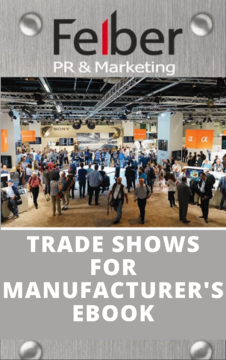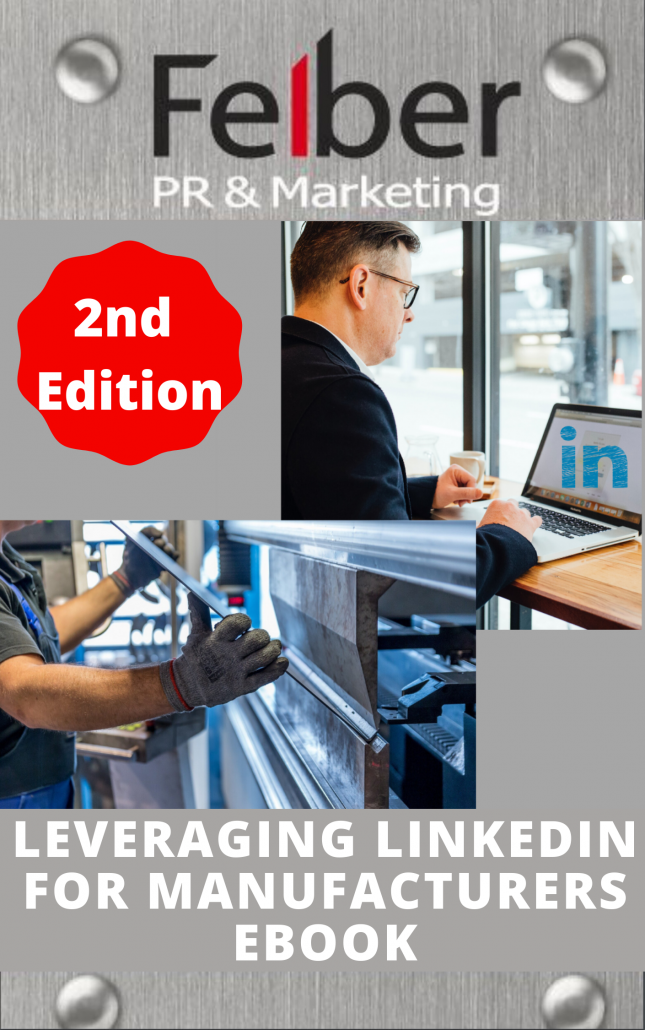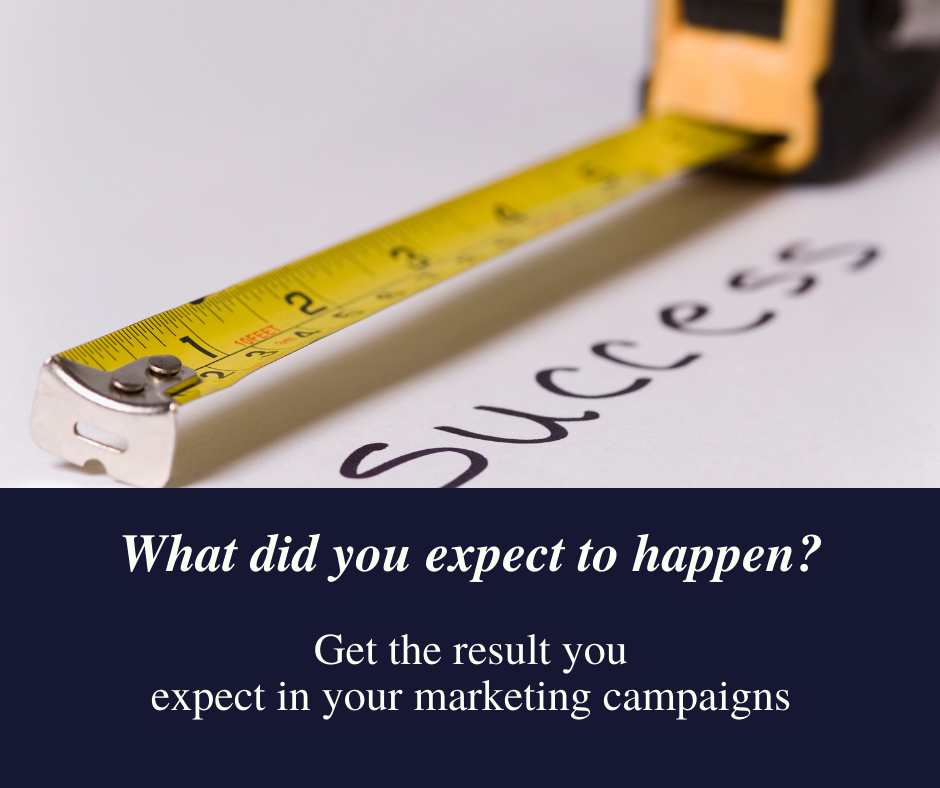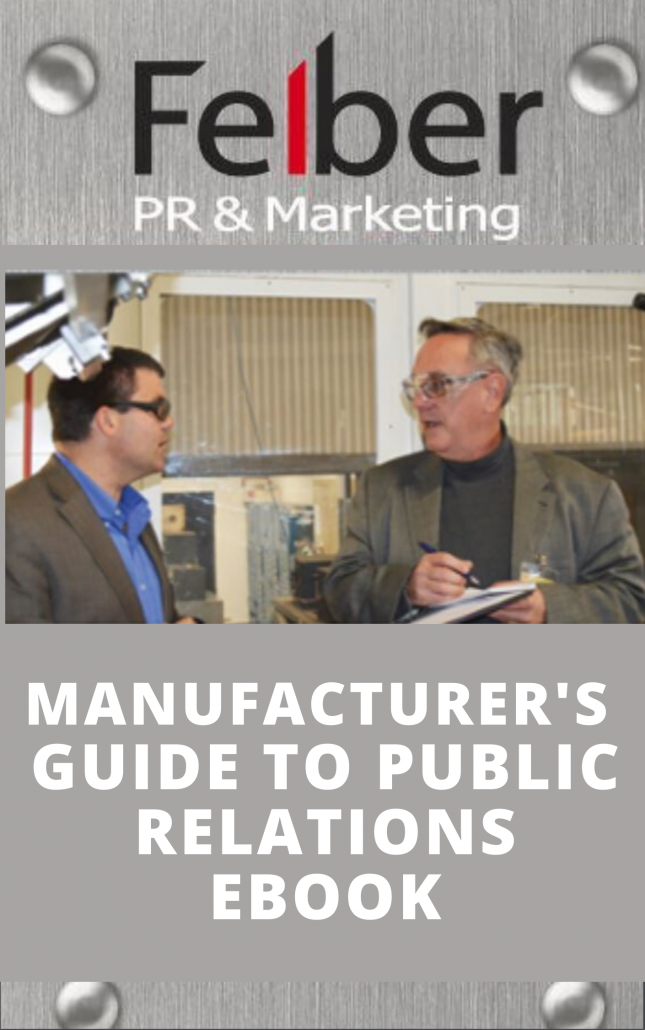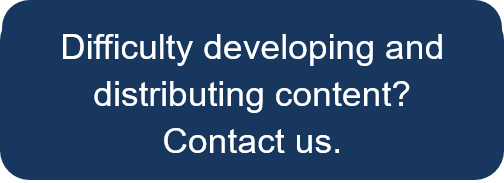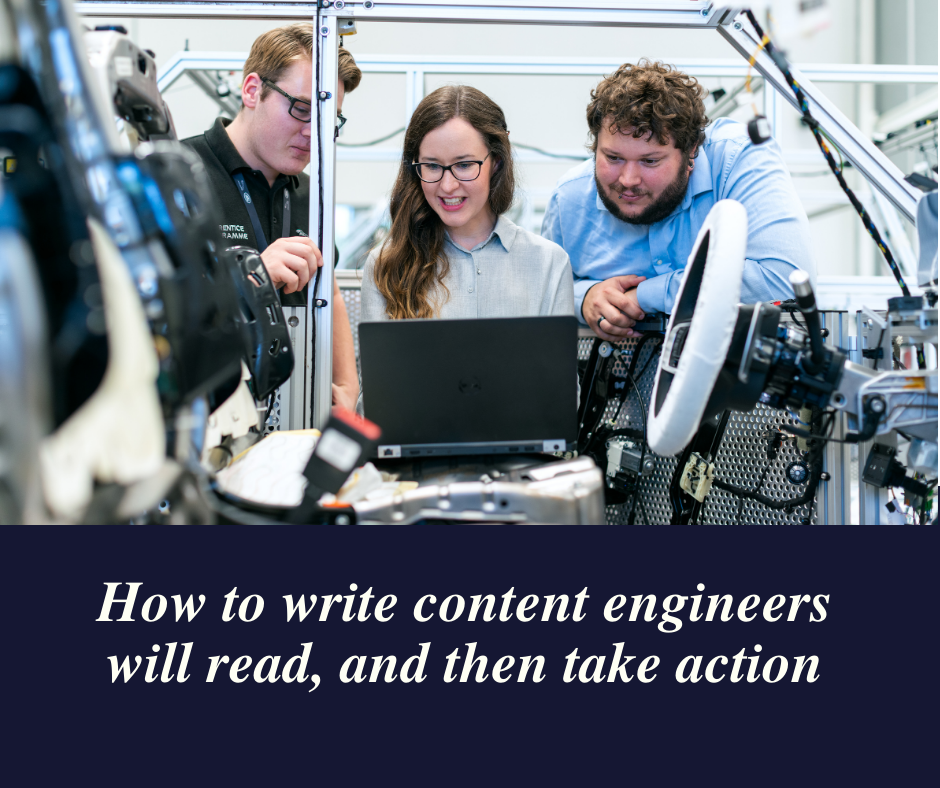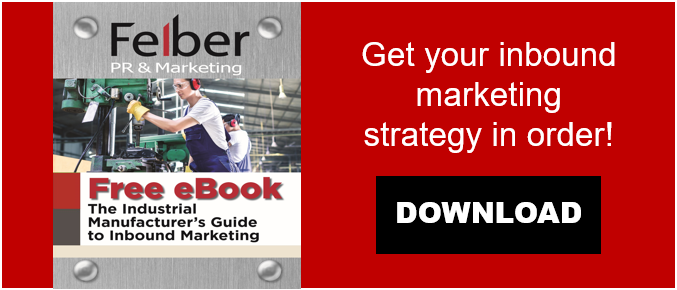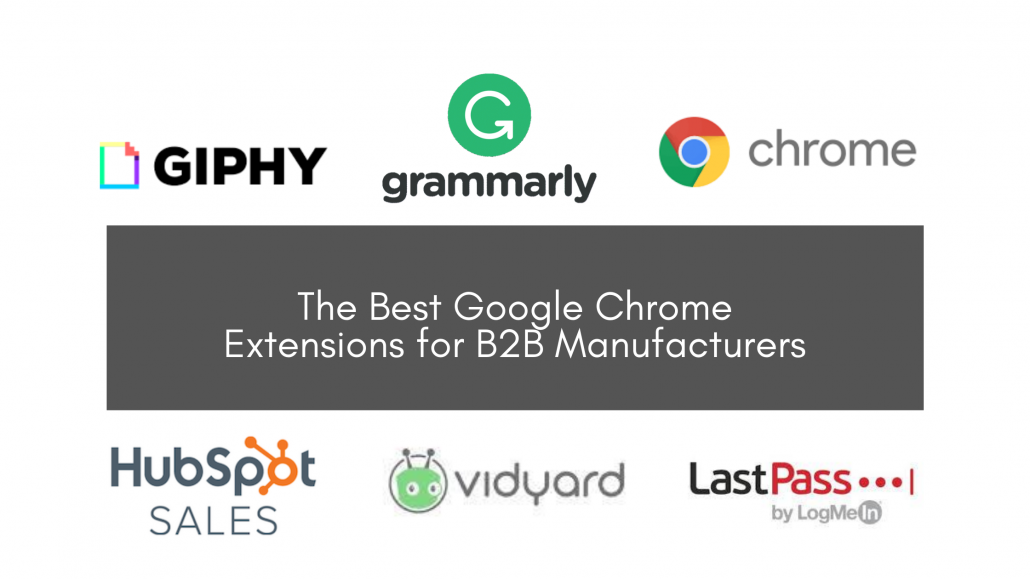
By Glenn Levar, President/CEO
Shared Time Human Resources Management, Inc.
During a crisis such as COVID-19, it is time for manufacturing executives, directors, managers, and supervisors to become leaders. Leadership is the art of influence and the skill of creating the conditions to achieve operational and organizational success. Managers manage things: budgets, strategic plans, and operational plans. On the other hand, leaders respect others, coach, build teams, provide feedback, encourage feedback from others, and improve employee skills to accomplish goals. Great companies are built on values and mutual trust.
The leader, entrepreneur, or business owner establishes the company’s values and is responsible for communicating them to employees, customers, vendors, stakeholders, and the community. The organization’s leader is its prominent cheerleader for company values.
Values are the foundation of the organization. Leaders must live and thoroughly understand the company’s values day in and day out.
The values steer the organization’s acceptable business behavior. Company leadership must align itself with its value statement. For an organization to be effective, leaders are responsible for agreeing with their company’s values.
As a leader, your values are essential to your overall organizational success. Today, employees want to work with a company with a purpose (mission) and values that meet their needs.
Leaders’ expectations are based on the company values that may be formally written or even unwritten. Many start-up companies, for example, may not have formally written values statements, while established companies have written value statements. Their values are long-lasting. They guide decision-making and might never change.
Recently, Shared Time Human Resources Management had an appointment with a multi-generational, family-owned business. During the meeting with two senior managers, we discussed numerous issues. When asked what the company’s values were, neither senior manager could identify a single value. They guessed and subsequently admitted they did not know. As our conversation continued, we discussed retention rates. Shared Time discovered senior and recently hired employees with ten (10) or more years of service. In the last twelve months, more than 50 percent of the company’s employees voluntarily left for other opportunities.
The following are examples from two major corporations: one followed its values; the other did not.
In 1982, Johnson and Johnson (J&J) were alerted that someone had tainted Tylenol Extra Strength capsules in at least half a dozen pharmacies and grocery store shelves in the greater Chicago area. J&J chairman directed all consumers not to resume using the product until the extent of the tampering could be determined. J&J stopped advertising Tylenol and ordered all Tylenol be removed from store shelves. J&J acted following their corporate values and did not want to risk public safety. J&J corporate leaders admitted upfront there was a problem and responded to the Tylenol crisis. J&J’s response remains the benchmark on why values matter. J&J’s corporate values.
British Petroleum (BP) purchased Standard Oil of Ohio (SOHIO) in 1987. BP wanted Standard Oil of Ohio for several reasons including its Alaskan pipeline, distribution system, and employees. Twenty-three (23) years after the acquisition, on April 20, 2010, BP had a disaster in the Gulf of Mexico with its drilling rig platform, Deepwater Horizon. At the outset of the crisis, BP officials stated oil volume leaking from the rig was low. Several days later, the rig sunk, and eleven workers were dead. The investigation found BP took shortcuts, cut corners in drilling, and ignored early warning signs before the explosion. BP’s corporate leaders were not truthful from the outset of the crisis. BP’s corporate values (code of conduct) were updated in July 2014.
Values are what the organization lives by. Value is about the discipline it is getting people aligned and engaged in taught action to solve problems. Values are the underpinning on which the organization’s culture rests. Culture is the company’s business operating system to make decisions and communicate with employees, customers, vendors, shareholders, and communities.
In his book Good to Great Jim Collins stated, “enduring companies preserve their core values and purpose while their business strategies and operating practices endlessly adapt to a changing world. This is the magical combination of preserving the core and stimulate progress.”
If you are interested in learning more about this blog or case study, its results, or the human resources services Shared Time offers, please contact Glenn Levar (telephone: 440.979.1046, e-mail: grlevar@sthrm.com). To learn more about Shared Time Human Resources Management Inc., please visit www.sthrm.com
Shared Time welcomes referrals from clients and friends. Please pass this human resource case study along to anyone who may have a need or be interested in Shared Time’s HR services.


